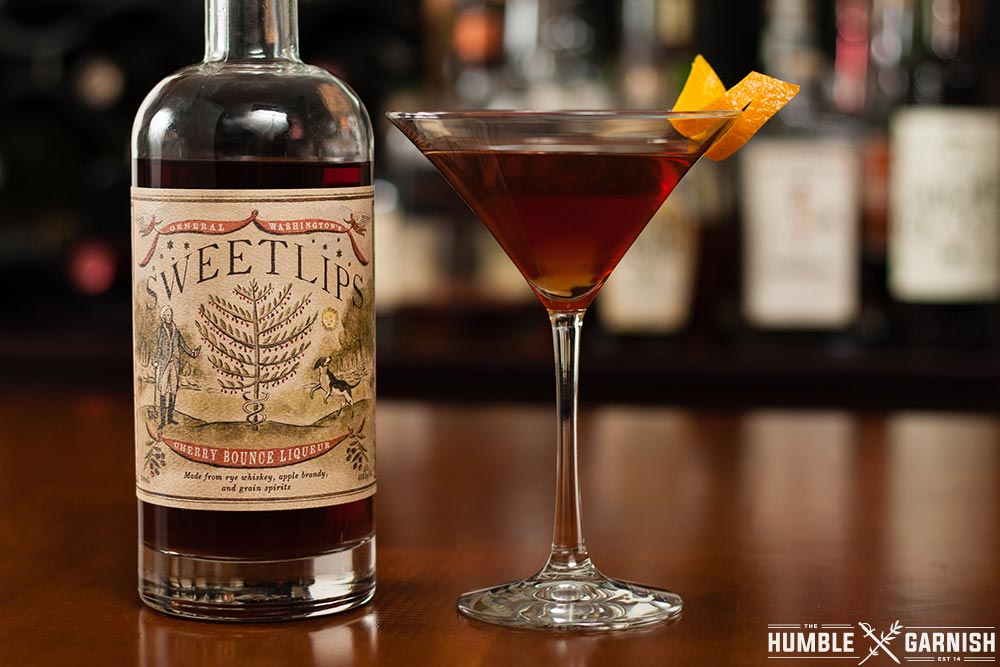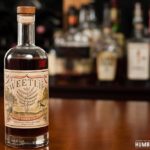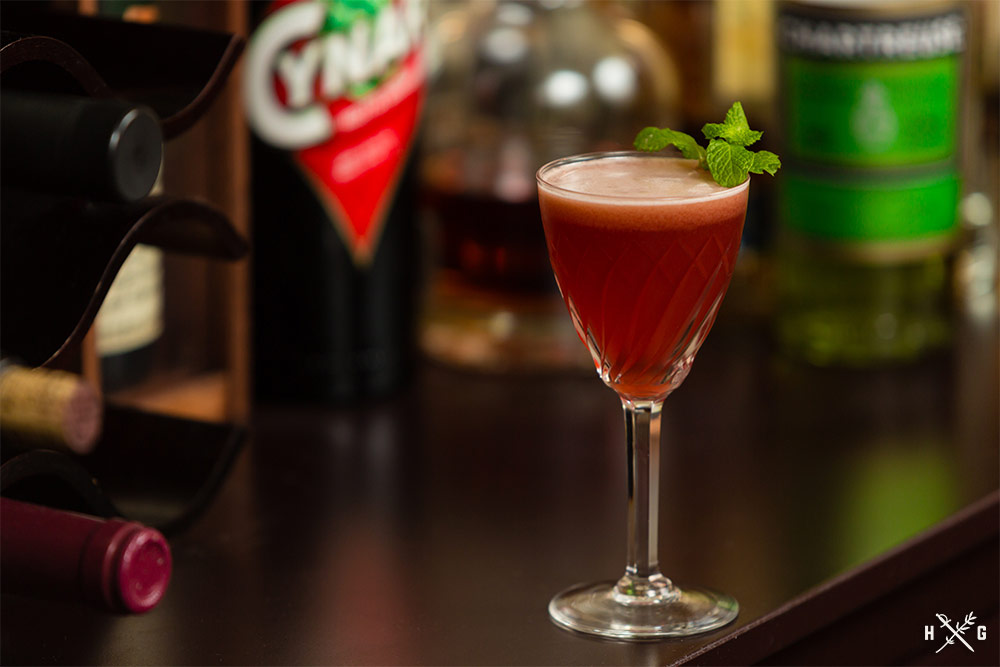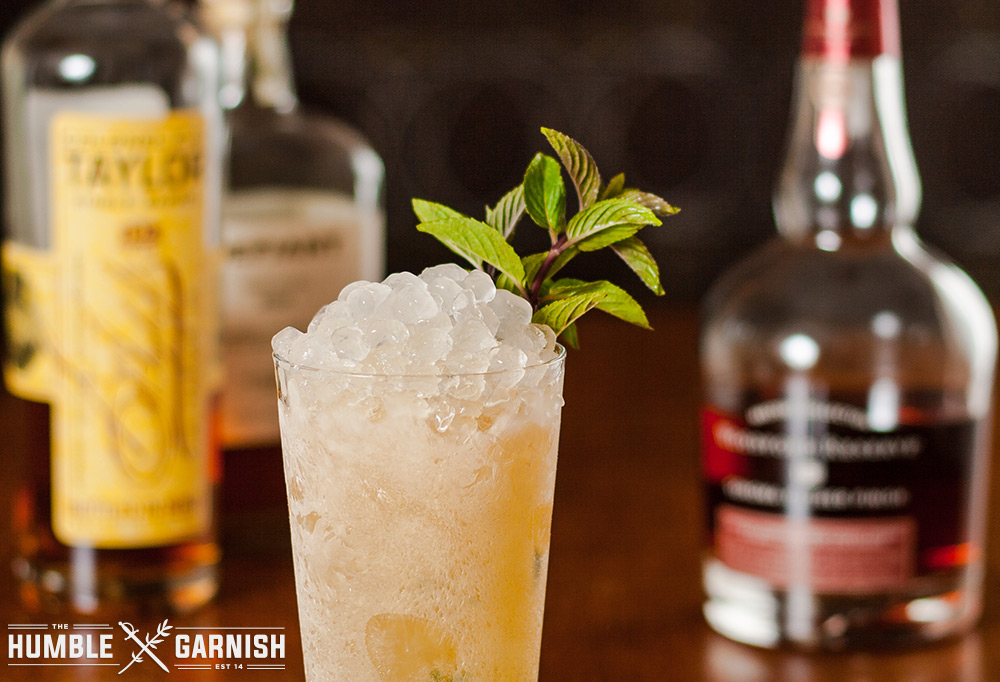In addition to experiencing the flavor and aroma of a cocktail, appreciation comes from knowledge of its history. However, our tendency is only to study modern history and investigate the birth of the cocktail rather than the historical context of drinking culture which predates it. For Americans this means failure to reflect upon our colonial roots, when even children drank out of necessity due to a lack of potable water. Fortunately, this history is well-preserved in personal journals and publications of the era, and unlike with modern cocktail history, these drink origins and names are not hotly debated. While some of the ingredients may be obscure, it’s possible to make modern versions of the various beers, punches, and cure-alls that were traditionally consumed in the 18th and 19th centuries.
The latest book I’ve dove into is Colonial Spirits: A Toast to Our Drunken History by Steven Grasse of Tamworth Distilling. Colonial Spirits breaks down the drinking habits of the colonists by base spirit, giving a brutally honest and often comedic historical context to their drinking culture. Each chapter features a brief back story establishing the context of the spirit followed by several recipes. Many of the recipes include a citation to the original recipe, one of them being the cherry bounce liqueur that Martha Washington made.
Tamworth Distillery created their own cherry bounce based off this recipe to accompany the release of Colonial Spirits. They named it Sweet Lips, after George Washington’s prized American Foxhound of the same name. (However, if I were Tamworth, I may have opted for one of his other dog’s names like Drunkard or Tipsy.) Looking at Martha’s recipe, I hope this was their go-to recipe when hosting a party because it calls for the juice of twenty pounds of Morrella cherries, 10 quarts of brandy, along with sugar and various spices. That’s just over 12 bottles of brandy alone!
Cherry Bounce
Ingredients
- 750 mL whiskey or bourbon* (standard sized bottle)
- 1 cup 200g sugar
- 1 pound sour cherries stemmed and pitted
- 1 vanilla bean split lengthwise
Instructions
- Combine 1½ cups of the whiskey and all of the sugar in a 1-quart jar. Shake to dissolve.
- Add cherries, vanilla bean, and remaining whiskey to the jar. Seal and shake.
- Store in a cool dark place for 4 to 6 weeks, or up to 6 months.
- Strain the mixture into a bottle and keep up to 2 months.
Notes
Sweet Lips uses a house-made rye whiskey, apple brandy, and grain neutral spirits as a base. This base is infused with sour cherries, Tahitian vanilla, distillate of smoked cardamom, and wild cherry bark. The resulting liqueur is bottle at 40% ABV and has a natural red-brown color. It smells like fresh cherry pie, but not the kind you can easily find at a local store – this is the cherry pie made with the recipe that has been in the family for years. The spice of the rye blends with the notes of baking spices, and provides warmth and comfort with each sip. If you’re not fortunate enough to get your hands on a bottle, Colonial Spirits features a recipe that you can make at home. Cherry bounce can be enjoyed year-round, but the flavors lend themselves more towards Fall and Winter drinks.
 As much as I wanted to exclusively sip cherry bounce neat, I had to mix up at least one cocktail featured in Colonial Spirits to see how cherry bounce (specifically Sweet Lips) plays with other ingredients. Riffs on classics are hard to beat, so I chose the New Amsterdam. New Amsterdam was the original name for New York – a state in which the city of Manhattan resides. The Manhattan is also classic cocktail, and the New Amsterdam recipe is a riff on what is called the Perfect Manhattan. A Perfect Manhattan uses both sweet and dry vermouth instead of simply the customary sweet vermouth. The New Amsterdam uses cherry bounce as the base, and a rye-forward one like Sweet Lips works extremely well in this recipe and gives it a seasonal twist.
As much as I wanted to exclusively sip cherry bounce neat, I had to mix up at least one cocktail featured in Colonial Spirits to see how cherry bounce (specifically Sweet Lips) plays with other ingredients. Riffs on classics are hard to beat, so I chose the New Amsterdam. New Amsterdam was the original name for New York – a state in which the city of Manhattan resides. The Manhattan is also classic cocktail, and the New Amsterdam recipe is a riff on what is called the Perfect Manhattan. A Perfect Manhattan uses both sweet and dry vermouth instead of simply the customary sweet vermouth. The New Amsterdam uses cherry bounce as the base, and a rye-forward one like Sweet Lips works extremely well in this recipe and gives it a seasonal twist.
Regardless of whether you specifically make cherry bounce or try another colonial recipe, the drinking culture of that period created a certain style of drinks that are worth exploring. From dandelion wine to switchel to mulled cider, the drinks emphasized making the most of what the land provided and storing it to last throughout the year. And any distillery or individual that shares those same practices has respect in my book.
New Amsterdam
Ingredients
- 2 ounces cherry bounce
- ½ ounce sweet vermouth
- ½ ounce dry vermouth
- dash orange bitters
- orange peel for garnish
Instructions
- Combine ingredients in mixing glass and stir until chilled.*
- Strain into cocktail glass and garnish with expressed orange peel.
Notes
[divider type=”double-dotted” color=”gray”]
Additional Resources:
Colonial Spirits: A Toast to Our Drunken History
Tamworth Distilling Announces Sweet Lips
More Info on Steven Grasse
Grade A Tahitian Vanilla Beans
I created The Humble Garnish because I’m passionate about cocktails. Occasionally, I am provided with products for review or other perks. Many product links on this site are affiliate links that give me a very small kickback, and costs the buyer nothing extra. For example, as an Amazon Associate, I earn from qualifying purchases after a link leading to Amazon is clicked. Other links may earn me affiliate commissions as well. This helps offset the cost of creating content for the site – things like camera gear, software, alcohol, glassware. I have at times accepted and at other times declined free products. I promote what I love and use, and rarely will write about a product that I don’t appreciate or own. If I don’t like a product or service, I often simply choose not to write about it.
– Andrew




